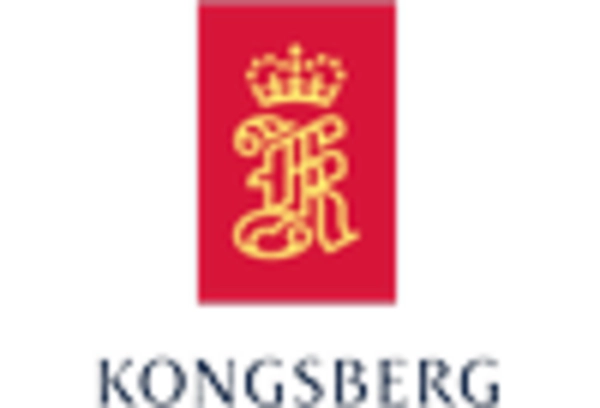Maritime Surveillance Market Summary
As per Market Research Future analysis, The Global Maritime Surveillance Market Size was estimated at 14.66 USD Billion in 2024. The maritime surveillance industry is projected to grow from 15.39 USD Billion in 2025 to 24.99 USD Billion by 2035, exhibiting a compound annual growth rate (CAGR) of 4.97% during the forecast period 2025 - 2035
Key Market Trends & Highlights
The Global Maritime Surveillance Market is poised for substantial growth driven by technological advancements and increasing security concerns.
- North America remains the largest market for maritime surveillance, driven by robust defense spending and advanced technological infrastructure.
- The Asia-Pacific region is emerging as the fastest-growing market, fueled by rising maritime trade and geopolitical tensions.
- Radar systems dominate the market as the largest segment, while satellite surveillance is rapidly gaining traction as the fastest-growing segment.
- Key market drivers include technological advancements in surveillance systems and heightened security concerns stemming from geopolitical tensions.
Market Size & Forecast
| 2024 Market Size | 14.66 (USD Billion) |
| 2035 Market Size | 24.99 (USD Billion) |
| CAGR (2025 - 2035) | 4.97% |
Major Players
Thales (FR), Raytheon Technologies (US), Northrop Grumman (US), Leonardo (IT), Kongsberg Gruppen (NO), Elbit Systems (IL), Saab AB (SE), Hensoldt (DE), L3Harris Technologies (US), General Dynamics (US)


















Leave a Comment